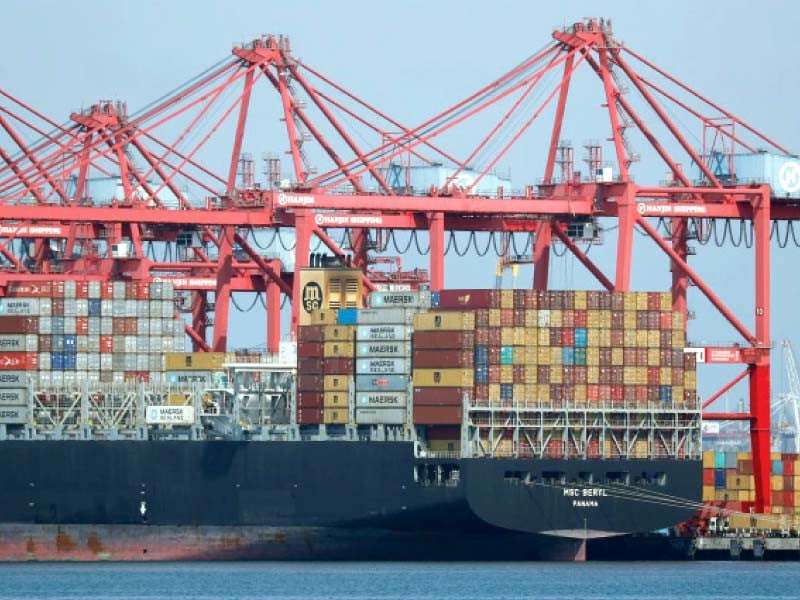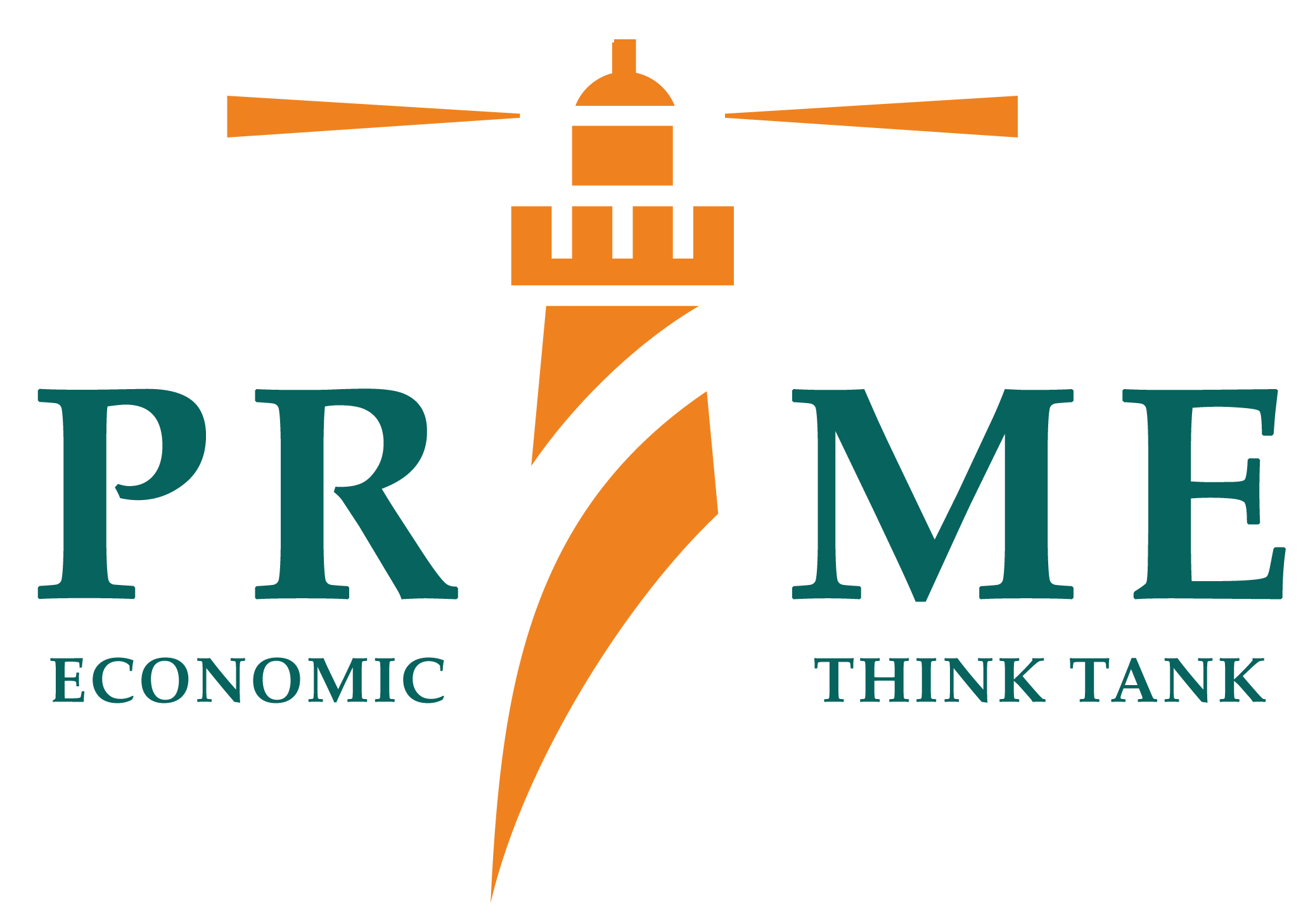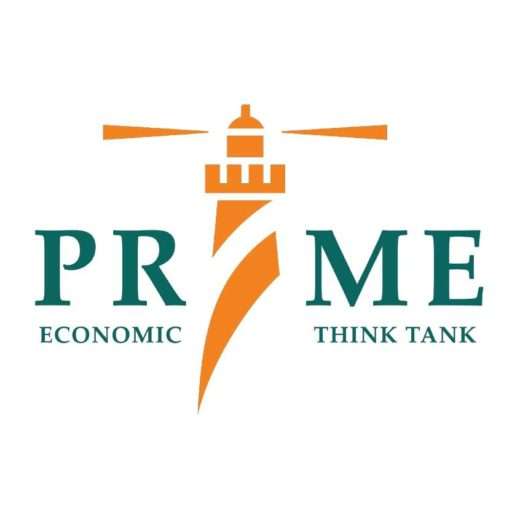Plan C: rethinking Pakistan’s economic growth strategies
In this article, we delve into effective economic growth strategies in Pakistan, including open trade, low taxes and economic growth strategies.
Ali Salman | August 07, 2023

Last week, I had the opportunity to visit two large factories, both operating within special economic zones, supplying goods for the international market while creating job opportunities and fostering technological advancements for the domestic market. These firms operate in competitive global markets and serve as prime examples of the untapped potential that lies within Pakistan, encouraging investors to kickstart businesses. In this article, I will delve into the factors hindering our ability to generate sustained economic growth in the country, while drawing insights from these successful examples. This discussion is imperative given the concerted efforts by the country’s leadership, both civil and military, to encourage foreign investments as a means to bolster our foreign exchange reserves.
First and foremost, let’s take a look at the bigger picture. Pakistan was on the verge of default not too long ago, until a high-level discussion between Pakistani, US, and International Monetary Fund (IMF) leadership culminated in another IMF assistance package, the Stand-By Arrangement, providing a short-term financial boost of $3 billion. While the IMF diplomatically states that this programme “builds on” efforts under the Extended Fund Facility (EFF), it is evident that the EFF fell short—a failure that both IMF and Pakistan must acknowledge and shoulder.
A more accurate summary would attribute this shortfall to “policy missteps.” The major blunders were the restrictions imposed on imports and interventions in the forex market—measures that did more harm than good. While Pakistan may have saved $10 billion through these actions, it ended up losing even more through reduced exports and remittances. Importantly, these actions eroded the confidence of Pakistan’s existing private sector.
There’s a consensus that Pakistan lacks the necessary foreign exchange reserves to meet its external obligations. Our sources of foreign exchange—exports, remittances, and foreign investment—consistently fall short of requirements, leading to a perpetual balance of payment crisis, compelling successive governments to seek assistance or loans. The objective has always been to maintain foreign exchange reserves equivalent to at least three months’ worth of imports. While external inflows such as debts, rollovers, and aid provide temporary relief, the underlying issue remains unresolved, and we continue to kick the can down the road. However, the roadblock we encounter each time seems to get larger, as seen in the recent accumulation of reserves through roll-overs, loans, and aid.
Enter “Plan B,” recently unveiled as an alternative strategy. This plan aims to attract foreign exchange through inter-governmental transactions, wherein the Government of Pakistan (GoP) can sell, lease, or outsource its assets to international players to raise capital. The Pakistan Sovereign Wealth Fund is a key component of this strategy, encompassing at least seven state-owned enterprises (SOEs) with assets totalling Rs2.3 trillion or $8 billion. Once enacted, these SOEs will be exempt from the Privatisation Commission, SOE Act, and Procurement Act. The Fund’s shares and management will be presented as investment opportunities to “friendly countries.” The potential costs and benefits of these inter-governmental deals remain shrouded in official secrecy.
Yet, an alternative roadmap exists—a “Plan C” or rather “C2,” where C signifies a “Capitalist Charter.” This roadmap has three main pillars: low taxes, open trade, and a level playing field. Businesses operate to earn profits, and in a country where corporate taxes consume over 50% of income, genuine investments are hard to attract. We need to significantly lower income tax rates for businesses and salaried individuals while streamlining exemptions and raising thresholds. An effective tax policy could serve as a powerful investment policy if it guarantees a low rate for a 10-year span. Alongside reduced taxes, the country must rationalise and decrease tariffs, encompassing all forms of import taxation. No other country relies on tariffs to the extent that we do for revenue. A regime of predictable, low tariffs aids businesses in planning production and inventories. Import restrictions should never again be employed as a tool. Lastly, fostering a business-friendly environment entails eliminating unnecessary hurdles and roadblocks, ensuring a level playing field for all enterprises. The state and its institutions should collaborate with, rather than compete against, the private sector.
This “Plan C” holds more promise than both “Plan A” (IMF) and “Plan B” (Sovereign Wealth Fund or Special Investment Facilitation Council (SIFC)). “Plan A” has faltered, and “Plan B” is unlikely to deliver sustained and inclusive economic growth. We must work alongside Pakistan’s homegrown entrepreneurs and capitalists. To create a credible alternative to the state-linked elite, we need to cultivate a counter capitalist elite that isn’t reliant on state largesse. This transformation begins with reducing the state’s scope and preventing its expansion into the private sector.
This Article was originally published in The Express Tribune on August 07, 2023.


